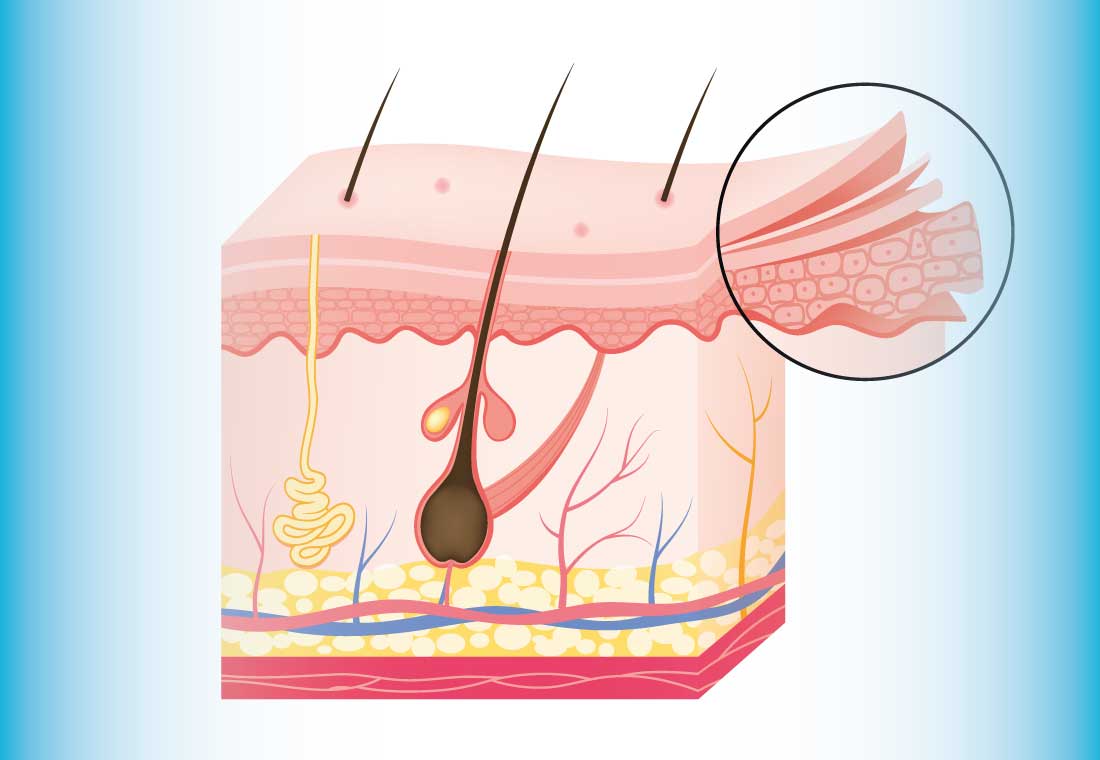Skin Tears Made Simple:
Most Common Questions and Answersblank
What are skin tears?
Skin tears are wounds that occur when fragile skin experiences trauma such as blunt force, friction, and shear. They involve the full or partial separation of the skin’s layers and sometimes have a remaining skin flap that covers the wound. This skin flap should be preserved, if possible.
How common are skin tears?
There is limited data on the prevalence of skin tears. However, a recent study found that 20.8% of people over the age of 65 suffered from skin tears.
There is also some evidence to suggest that they are more common than pressure ulcers.
What does a skin tear look like?
According to the ISTAP classification, there are three main types of skin tears. Although skin tears generally look like regular lesions or big scrapes, they can sometimes be distinguished by a skin flap that either covers the wound or is rolled up towards one side.
What part of the body are skin tears more likely to happen?
Skin tears can happen anywhere on the body. However, they are most common on the arms, hands, and lower extremities, where the skin is thinner and more fragile than other parts of the body.
How do I prevent skin tears from happening?
There are various intrinsic and extrinsic risk factors that you should be mindful of when you have identified an at-risk person. It is important to conduct a risk assessment that takes into consideration a person’s medical history and any environmental dangers that may lead to skin tears. Once these factors have been identified and assessed, it is critical to implement a range of prevention strategies that are tailored to the individual.
Why can’t I use strong adhesives for skin tears?
Skin tears typically occur in skin that is fragile due to age, meaning that it is especially vulnerable to trauma that would not normally lead to injuries in healthier or younger skin. This means that the removal of strong adhesives can cause further trauma to the skin or existing wounds.
How do I clean a skin tear?
A sterile swab dampened with either lukewarm water or saline solution can be used to gently clean a skin tear.
blank
How do I stop my skin tear from becoming infected?
You must ensure that the wound is cleaned and any bleeding is stopped. To prevent bacteria from entering the wound, make sure it is well covered with the appropriate skin tear dressings. If advised, apply a thin layer of antibiotic ointment or petroleum jelly. This will help keep the wound moist and prevent infection. Please note: if you notice any redness due to these ointments, cease use immediately.
How long will it take for my skin tear to heal?
If attended to quickly and dressed correctly, skin tears are considered ‘acute wounds’ that will usually heal within the normal wound healing timeframe of approximately 4 weeks.
When should I see a doctor for a skin tear?
If you notice any of the following symptoms, it is advised that you book an appointment with your GP:
• Pus or yellow/cloudy fluid coming from the wound
• A soft scab that increases in size over time
• Redness around the wound
• Pain
• Swelling
• Fever
Why isn’t my skin tear healing?
Wounds that do not heal or that heal slowly are known as chronic wounds. This could be down to many factors, including further trauma, poor circulation, insufficient nutrition, infection or underlying medical conditions. If you have followed best practice for skin tear management and your skin tear is still taking a long time to heal, it is advised that you contact your GP for additional care.
What type of dressings should be used on skin tears?
A soft silicone wound contact layer dressing should be used directly over a skin tear. These dressings will help to maintain skin integrity and the viability of the flap, as well reducing trauma during dressing changes. An absorbent dressing is recommended to absorb any blood or exudate that may pass through the wound contact layer pores.
How do I realign the skin flap?
If the skin flap is viable, reapproximate it by gently by easing it back into place using a gloved fingertip.
How long can I leave the secondary dressing on?
This will depend on the severity of the skin tear and the amount of fluid produced by the wound. Your clinician will be best placed to determine how frequently any secondary dressings should be changed.
Useful videos:
3 environmental risk factors
Main risk factors
ISTAP classification
Useful articles:

Skin tears questions and answers – Download this article

A guide to skin tear management best practice

A skin tear classification tool developed by the International Skin Tear Advisory Panel
Disclaimer:
Please note that while every effort is made to ensure the accuracy of the content presented, it is purely for educational purposes only and is not a substitute for professional medical advice.
